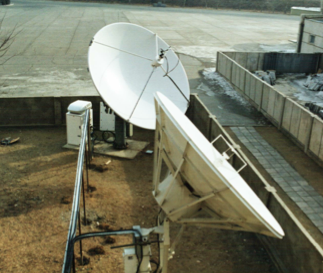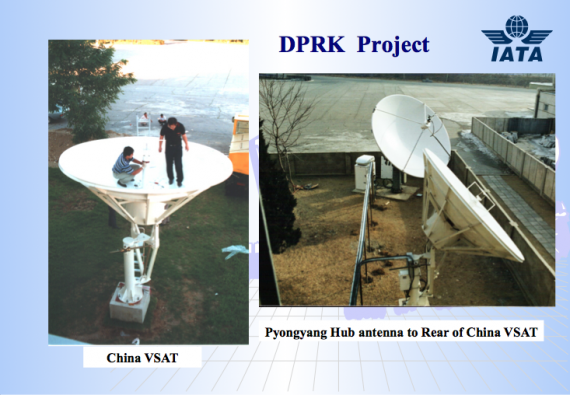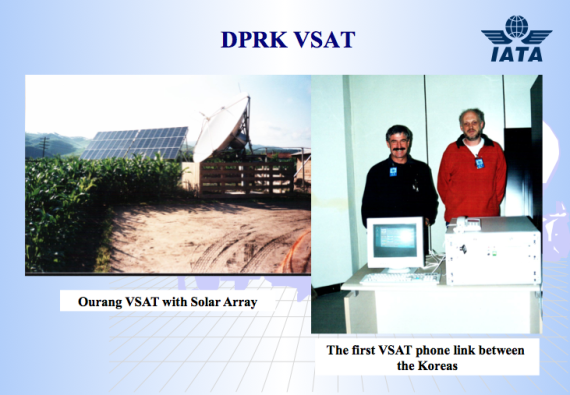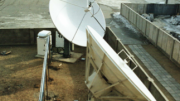After this week’s decision by North Korea to stop answering a military hotline between border control posts at the Kaesong Industrial Zone, there remains just one known link through which North and South Koreans can still directly speak: an air traffic control connection between Seoul and Pyongyang.
The connection, a vital safety link for air traffic overflying the two countries, was first opened in 1998 when the DPRK opened its airspace to overflying aircraft. Before then, aircraft had to fly around the country and that meant longer flights and higher fuel consumption. Opening North Korean airspace was estimated to bring savings of 5 million a year for airlines at the time.
Last year, I wrote about the satellite link between Pyongyang and Beijing that was installed by the International Air Transport Association (IATA) when the DPRK was brought into the Asian regional air traffic control network.
There’s some history in that article, but I recently stumbled across the transcript of a speech given in 2008 by former IATA Director General and CEO Pierre J. Jeanniot that provides a bit of the backstory.
It all started when Air Koryo expressed an interest in joining IATA. As IATA members stood to save money and fuel from access to North Korea’s airspace, Air Koryo’s application provided a way for discussions to open with the government in Pyongyang, said Jeanniot in the speech.
Getting the North Korean government to approve was one hurdle. A second was the out-of-date air traffic control center and a ban on communication with South Korea.
When the talks began, IATA discovered it had another advantage, said Jeanniot:
An additional factor in our favor … was the fact that North Korea was rather short of foreign currency … particularly US dollars … and they had not been aware that air traffic control centers … guiding airplanes through their airspace … could charge an appropriate fee … and thus earn valuable foreign currency. — Pierre J. Jeanniot, AGIFORS Symposium speech, September 26, 2008.
IATA explained to Pyongyang that it could earn foreign currency by opening a few well-defined corridors for aircraft that would pose no security threat for the country. Jeanniot said in the speech that IATA offered to advance the money, train air traffic controllers and modernize the control center.
That solved the first of the problems, but the lack of communications remained.
To overcome this particular constraint … IATA offered … – and subsequently received authorization –… to set up and operate the telephone lines between Pyongyang and Seoul … so that North Korea could continue to feel that they had not established any link with South Korea. — Pierre J. Jeanniot, AGIFORS Symposium speech, September 26, 2008.
From a presentation I received some years ago, here are a couple of pictures of the North Korean air traffic control system upgrade and the phone connection.




